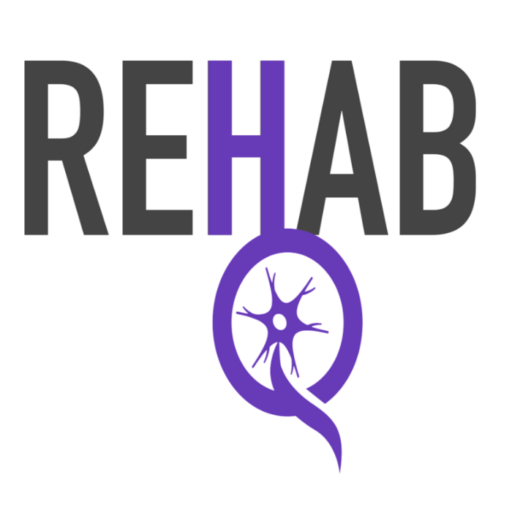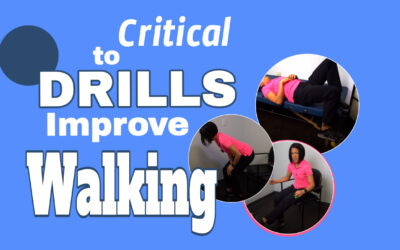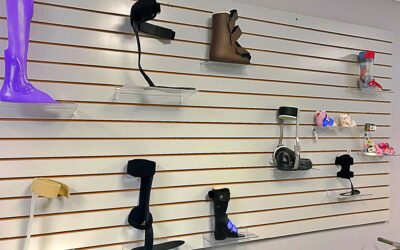Drop foot or foot drop is a condition where the muscles that lift the foot become weak and results in the inability to lift the foot. This can be due to damage to the nerve or the actual muscle itself. Drop foot is not a condition in and of itself but it is a symptom of a greater medical problem.
Overview
Ankle Dorsiflexion is the term used to describe the motion of lifting the foot.
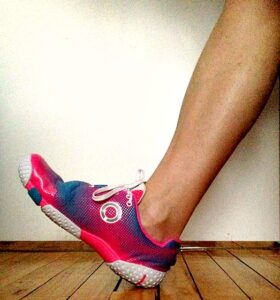
The anterior tibialis is the main muscle that is responsible for dorsiflexion (the motion of lifting the foot)
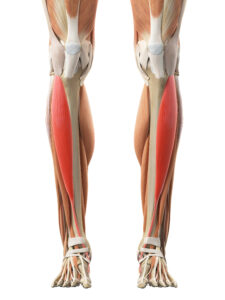
The peroneal nerve is the nerve that communicates with the muscles that lift the foot (anterior tibialis)
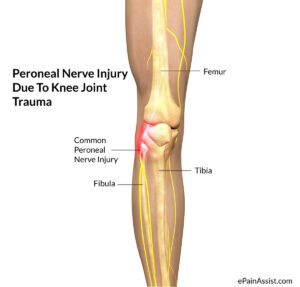
Symptoms
Gait (walking) disturbance
Drop foot can cause the foot to drag on the ground. In some cases, someone might intuitively learn “compensation” strategies. In this case, a person might lift the knee high to clear the foot (steppage gait). Something else you might see if someone has drop foot is the foot slap on the ground. This is due to lack of eccentric control to lower the foot in a controlled manner.
Sensory Loss
Drop foot can also cause numbness on the top of the foot and/or down the outside of the lower leg.
What Causes Drop Foot?
- Nerve injury
- Brain and spinal cord injury
- Muscle disorders
Nerve Injury
The L4 nerve root is the nerve that communicates with the muscles that lift the foot. The sciatic nerve and the peroneal nerve are two of several nerves that branch off of the L4 nerve root. Damage to either of these nerves could disrupt the communication with the anterior tibialis and cause foot drop.
Nerve (Compression) Injury
If the nerve is compressed for a prolonged period of time this can damage the nerve and cause drop foot. The most common places to end up with a nerve compression injury are at the nerve root when the nerve exits the spinal cord, and the common peroneal nerve branch
Common Peroneal Nerve Compression Injury
The most common cause of drop foot is a compression injury. This can happen due to poor positioning in a wheelchair.
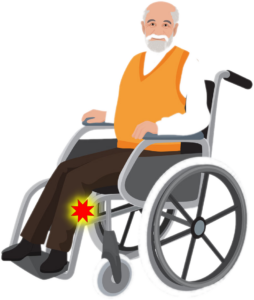
A nerve compression injury can also happen by laying in the same position for an extended period of time. For example after a fall, prolonged hospitalization or a prolonged surgery.
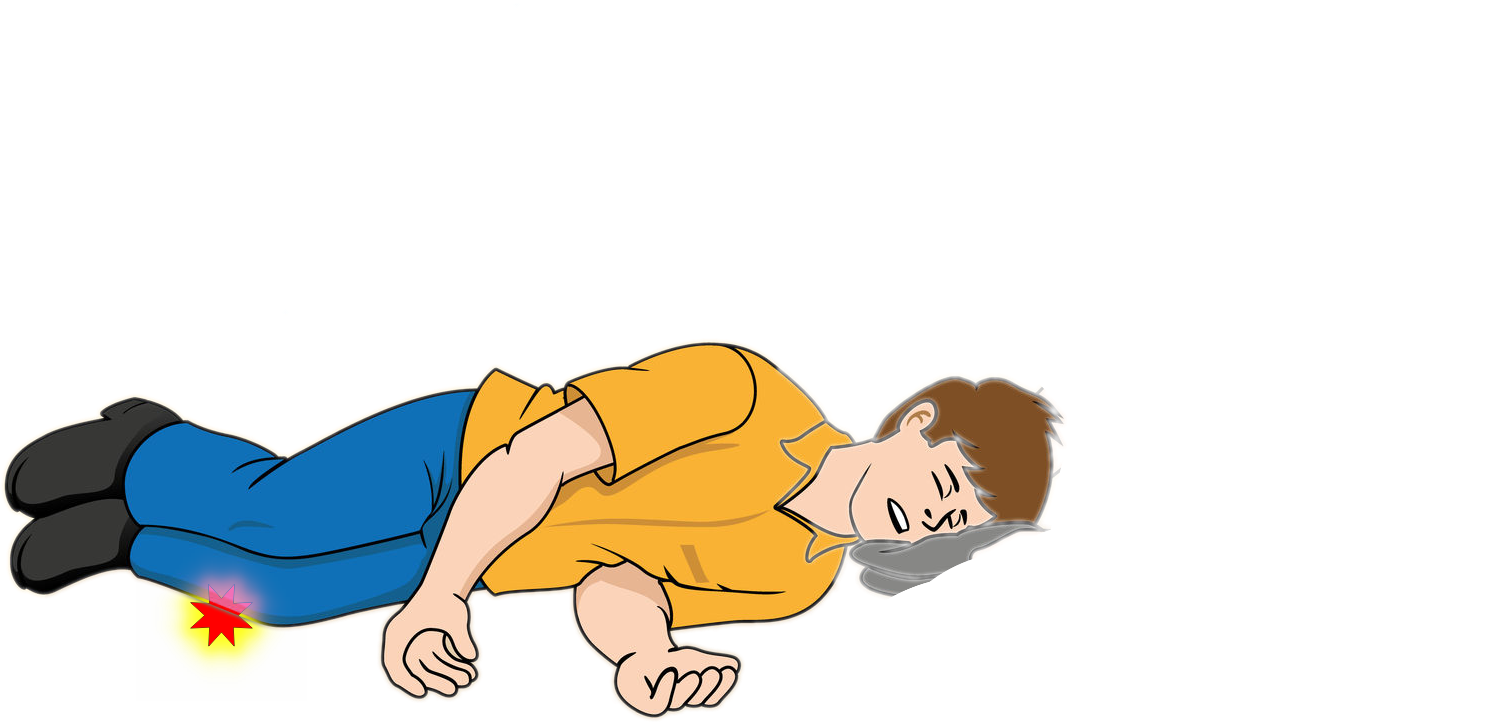
Nerve Root Compression Injury
Herniated Disc or Back Surgery
Sometimes a herniated disc can be so severe that it compresses the nerve root as it exits the spinal cord. The L4 nerve root is the nerve that communicated with the anterior tibialis. So, if this nerve root is compressed, someone may have a drop foot.
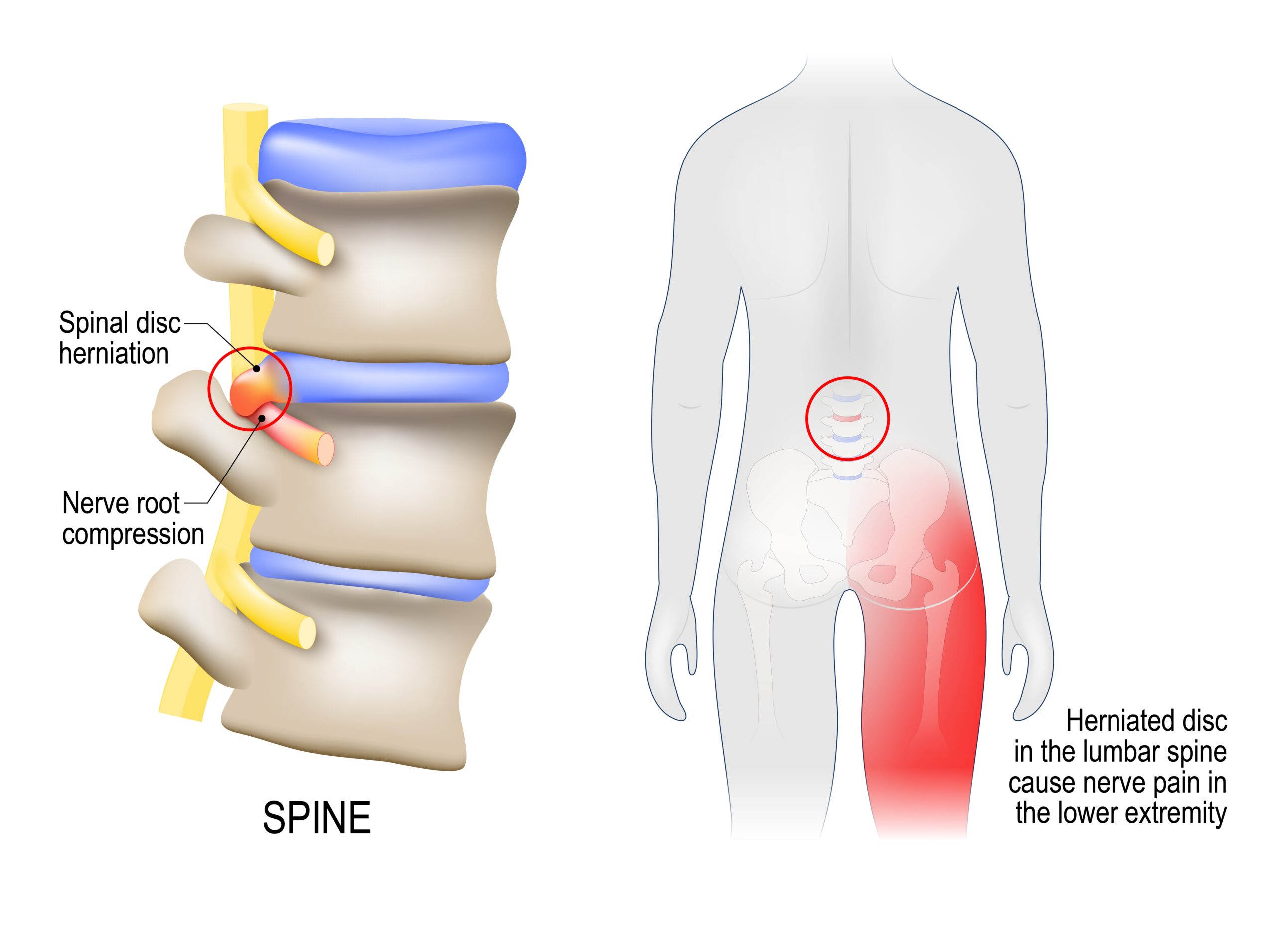
Brain and Spinal Cord Damage
The brain and the spinal cord are the control tower for the entire body. Damage to either part of this system can make it difficult to control the part of the body that is controlled by the damaged area.
Some of the most common conditions that can cause damage to the brain or spinal cord include the following:
- Stroke
- Traumatic Brain Injury
- Anoxic Brain Injury
- Multiple Sclerosis
- Cerebral Palsy
- Traumatic Spinal Cord Injury
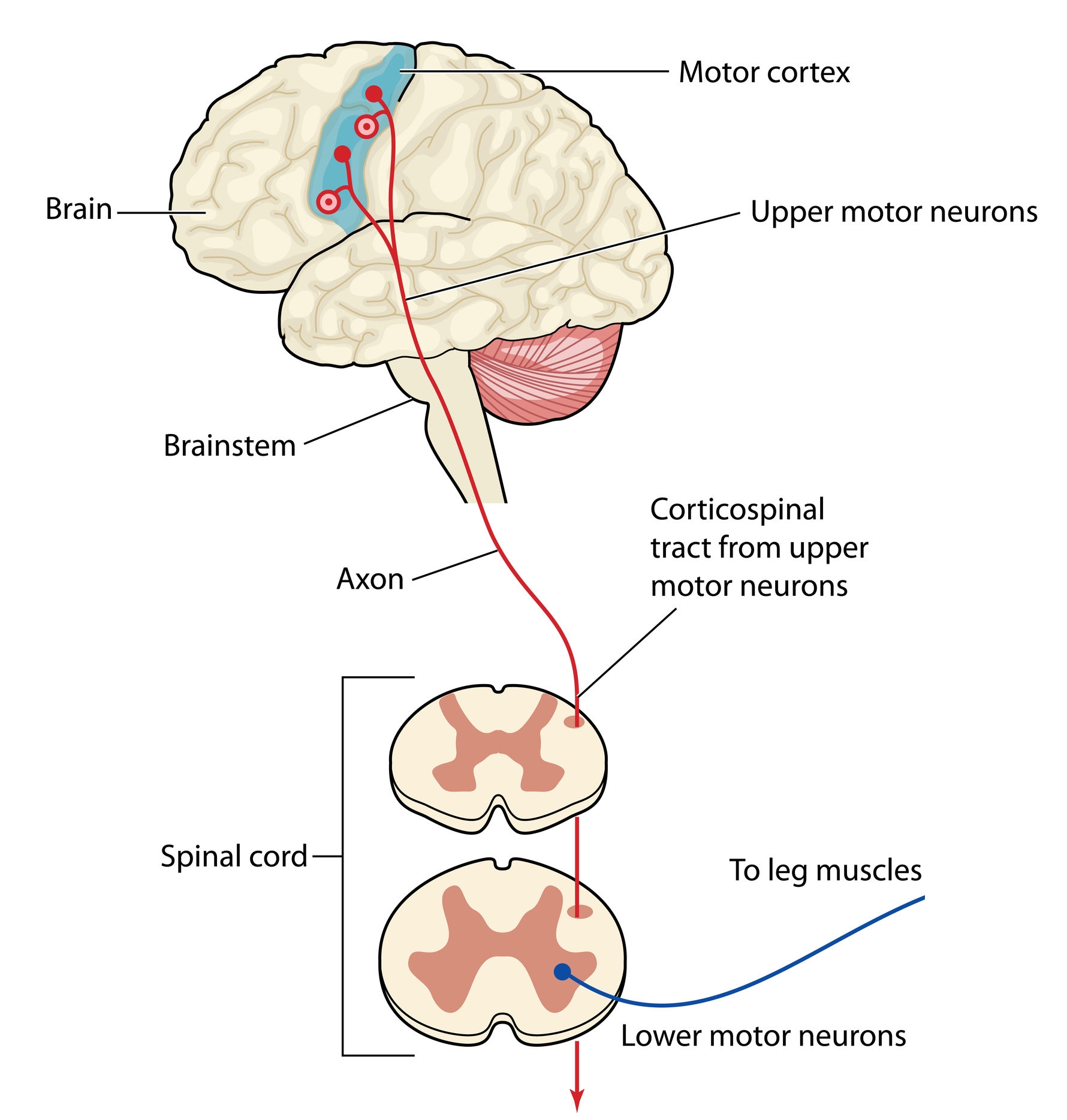
Muscle Disorders
There are some conditions that cause the muscles to weaken or deteriorate. This can also cause drop foot. These include:
- Muscular dystrophy
- polio and post-polio syndrome
- Amyotrophic Lateral Sclerosis (ALS)
What is the treatment for drop foot?
Treatment Goals and Objectives
Treatment for drop foot depends on what is causing the problem. There are several goals that should be addressed during treatment.
- Identify and remove anything that might be compressing the nerve (for example, adjust the wheelchair leg rests)
- Protect the foot and ankle
- Maintain ankle range of motion
- Strengthen the muscles that lift the foot
- Improve safety with walking and eliminate risks for falls
Treatment Interventions
Bracing
Lower extremity bracing is often times necessary to protect the foot from dragging on the ground which could add further injury to the ankle and/or result in a fall. If you have a true drop foot, there are some off the shelf braces that I recommend.
Physical Therapy
A physical therapist will work on strengthening, stretching, gait training and is also an integral part in assisting with recommendations on the best bracing options to meet a persons individuals needs and lifestyle.
Electrical Stimulation
Electrical stimulation may be beneficial in some cases.
Articles You Might be Interested in:
Walking Exercises for Stroke Patients
Many people inquire about the "best exercises" for stroke patients to improve walking. I like to use the term "Drills" when referring to "stroke exercises". Why? Because "Drills" are what I think of when I think of repetitive movement. Case and point, drills are...
Best Foot Drop Braces
Drop foot is when the muscles that lift the foot are not working properly. Hence, leading to the name, drop foot or foot drop. Needless, to say this can lead to difficulty walking. When I think of someone who has drop foot, my number one concern is the risk of...
